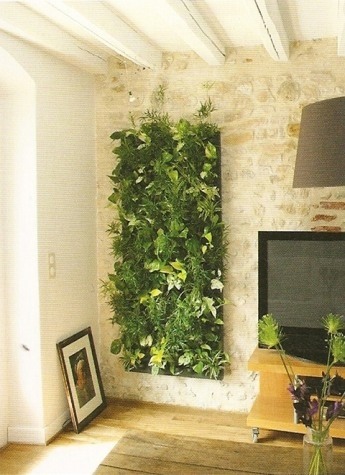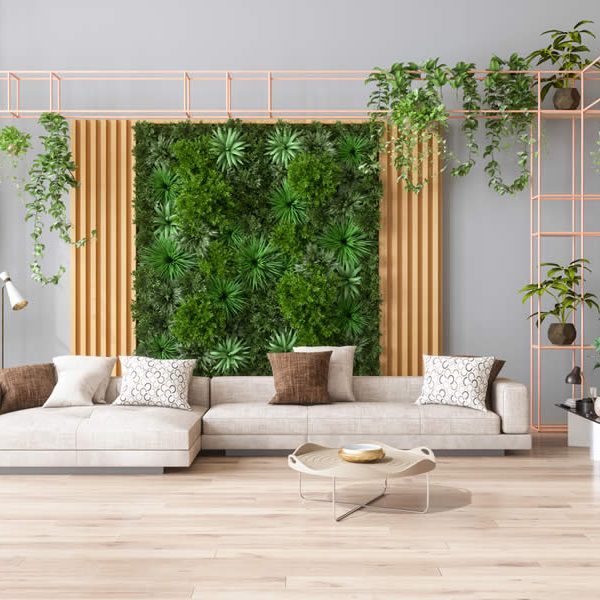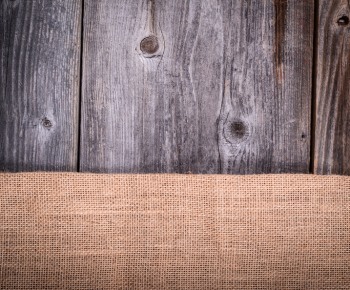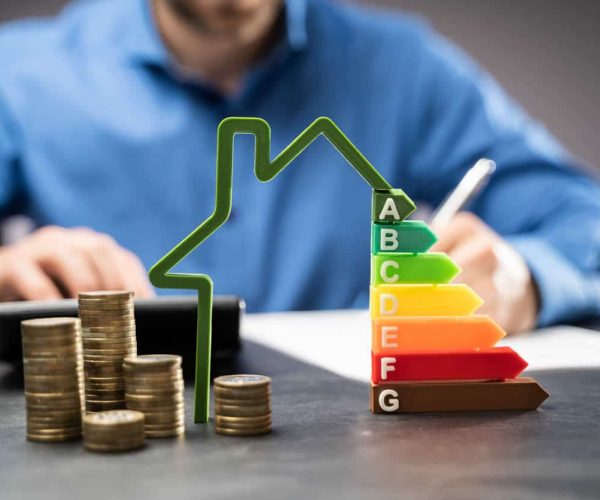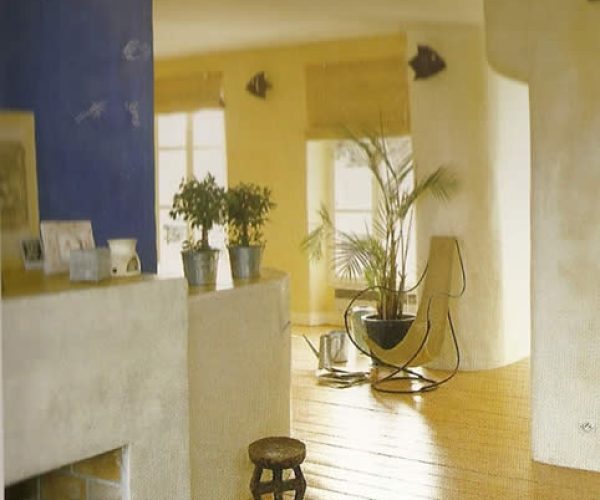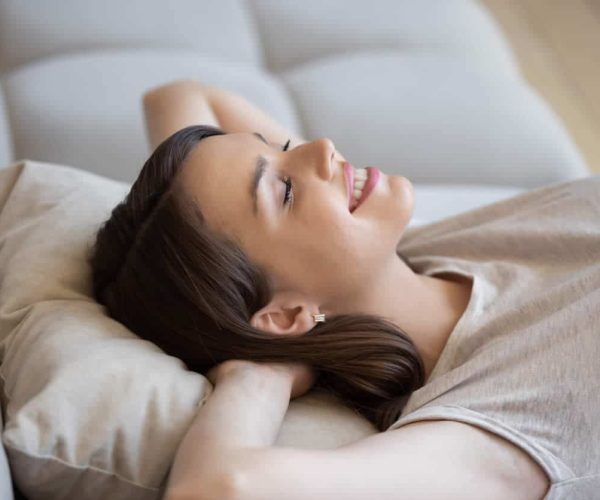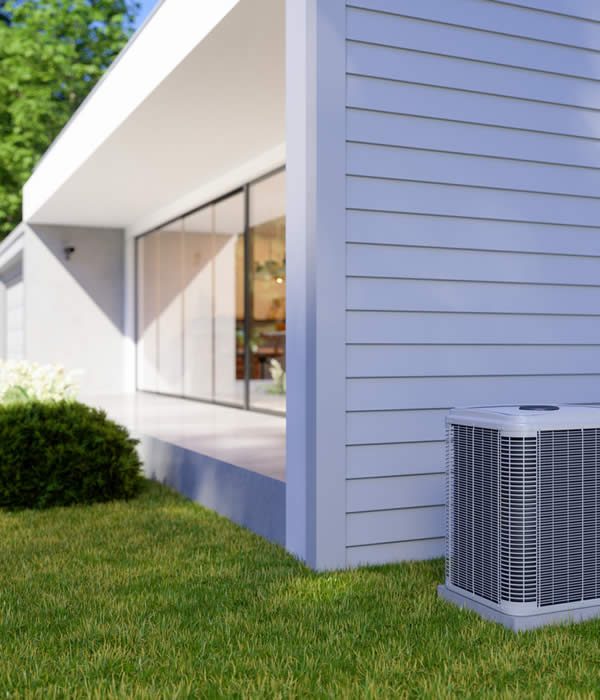The more we demand organic cotton, the more producers will adapt to such demands, which are, unfortunately, not as widespread as they need to be. Traditional cotton consumption is so important because, in choosing materials derived from organic farming, we are helping to take action for the protection of the environment.
Indeed, the intensive exploitation of conventional cotton agriculture over the decades has been more than alarming. This practice represents 2.5% of the world’s agricultural lands and consumes 25% of all pesticides sold in the world (source: WHO). These pesticides are classified as dangerous and many contain substances prohibited by the WHO (World Health Organization). Each year, 1 million people are contaminated and 22 000 people die because of this pesticide culture (source: WHO). In addition, the use of pesticides and fertilisers account for almost half of the costs involved in the production of traditional cotton (Source: International Cotton Advisory Committee). These pesticides are used to control insect pests deemed likely to destroy plantations and the fertilisers are applied to improve the yields of soils. Farmers are pushed into debt by the need to buy pesticides, which are growing increasingly powerful as the pests they target develop resistance. Moreover, the artificial irrigation required by conventional cotton production reduces the global resources of drinking water. For example, it takes approximately 5,263 litres of water to produce 1 kg of cotton (source : CNRS). Around the Aral Sea (Central Asia), which has shrunk by close to 50% over the last fifty years, the cultivation of cotton has disrupted the ecosystems of vast regions, perhaps irreversibly. Now, the water of the Aral Sea is polluted by fertilisers and pesticides and is too salty for aquatic life. The surrounding cultivated areas are becoming contaminated, too (Source : UNESCO).
Today, most of our clothes are manufactured from cotton. What could be more natural? However, relatively few people understand the production conditions and their consequences on growers and the environment. In the 1950s, the use of about a dozen pesticide treatments per year has today increased to 30 or 40 in some areas. The consequences are serious for the producers, the environment and consumers. Fatal poisoning, malformations at birth, cancers, eczema, allergies, the pollution of groundwater and, indirectly, the livestock, the destruction of water resources, increased soil salinity and a decline in soil fertility constitute the terrible harvest reaped by intensive cultivation.
In addition, traditional cotton harvesting is accomplished by using cheap labour, including children. The threat of contamination continues after the harvest, in the treatment of plants which are loaded with chemicals and heavy metals harmful to the environment and those who handle them.
For all these reasons, it is clear that the use of organic cotton is essential for all our homes. Hemp and flax are also very beautiful alternatives.
Hemp
For thousands of years, hemp has been used as material by man. It is an environmentally friendly material, since it requires no chemical additives to help the growth of the plant. Hemp defends itself from external aggressors such as insects and fungi. It is rot-proof. Producers do not need to use fertilisers, insecticides, pesticides or fungicides to protect the harvest, as it’s perfectly capable of taking care of itself! As a renewable raw material, hemp assists in countering the effects of pollution and improves the condition of the soil. After the crop is harvested, a clean field is left behind that is rich in mineral elements. It even makes our air more breathable for us because, during growth, it assimilates much CO2. The good quality of diffusion of air through hemp products provides an automatic adjustment of moisture without heat loss.
Flax
Ecological excellence ! A genuine carbon sink. A hectare of flax holds 3.7 tonnes of CO2 per year. It is a benefactor to soil quality, biodiversity and landscapes. It also ensures crop rotation by returning to the same plot every 6 years, benefitting the following crops. With sufficient rain, it requires little watering and very little fertiliser. Thus, ecosystems are respected. France cultivates nearly 200 ha organically and the GOTS label is a guarantee. Terre de lin, commited cooperative.
engagée.
 A good thermostat allows you to take full control of the temperature in your property. It takes into account changes in outside temperature along with those within the dwelling caused by the heat produced by various items of domestic equipment (oven, washing machine, electric lamps, audio-visual devices, etc.). For example, it can lower the temperature to 17 ° C at night or during the day if the property is unoccupied. Programme a comfortable temperature of around 19 ° C and if the ambient temperature is less than this, the boiler will be prompted to increase its output. Taking control of the system and heating only when necessary thus ensures optimal temperature management with the result of energy savings between 10 and 25%.
A good thermostat allows you to take full control of the temperature in your property. It takes into account changes in outside temperature along with those within the dwelling caused by the heat produced by various items of domestic equipment (oven, washing machine, electric lamps, audio-visual devices, etc.). For example, it can lower the temperature to 17 ° C at night or during the day if the property is unoccupied. Programme a comfortable temperature of around 19 ° C and if the ambient temperature is less than this, the boiler will be prompted to increase its output. Taking control of the system and heating only when necessary thus ensures optimal temperature management with the result of energy savings between 10 and 25%.














 The most ancient of materials, clay is back in force. An excellent humidity regulator, natural, non-toxic, infinitely reusable, repairable without visible effect and economical, clay plaster combines these virtues all the more effectively as the result proves very aesthetically pleasing, is impervious to UV, and the colours do not alter with age. It is particularly suited to the renovation and management of existing housing, in which the hygrometric balance can often be disturbed by new materials. A clay coating can contain binding material, some sand for bulk as well as some natural additives such as vegetable fibre, which reinforce the structure and limit shrinkage during the process of drying.
The most ancient of materials, clay is back in force. An excellent humidity regulator, natural, non-toxic, infinitely reusable, repairable without visible effect and economical, clay plaster combines these virtues all the more effectively as the result proves very aesthetically pleasing, is impervious to UV, and the colours do not alter with age. It is particularly suited to the renovation and management of existing housing, in which the hygrometric balance can often be disturbed by new materials. A clay coating can contain binding material, some sand for bulk as well as some natural additives such as vegetable fibre, which reinforce the structure and limit shrinkage during the process of drying.  A product derived from recycling and manufactured from waste paper such as unsold newspapers, cellulose wadding does not pollute, does not cause irritation and is non-toxic. It is used for insulation within walls and in the roof space. Cellulose wadding fills 100% of the available space in the wall, perfectly marrying the elements of the structure. Therefore, it provides a continuous insulation and a performance that is comparable or even superior to synthetic materials. In addition, it provides an excellent level of soundproofing. Cellulose wadding currently offers the best performance/cost/ecology ratio.
A product derived from recycling and manufactured from waste paper such as unsold newspapers, cellulose wadding does not pollute, does not cause irritation and is non-toxic. It is used for insulation within walls and in the roof space. Cellulose wadding fills 100% of the available space in the wall, perfectly marrying the elements of the structure. Therefore, it provides a continuous insulation and a performance that is comparable or even superior to synthetic materials. In addition, it provides an excellent level of soundproofing. Cellulose wadding currently offers the best performance/cost/ecology ratio. This material from its production through to its disposal, offers a real ecological answer to the soundproofing and heat insulation requirements in your home. Wood fiber insulation is composed of wood recovered in sawmills (chips, etc.), offers good resistance to ageing, and is fully breathable as it absorbs and releases moisture, thereby providing a safeguard against condensation. Wood fiber panels are fully recyclable (composting, recycling, heat production). They are also easy to install for the effective insulation of your walls and attics.
This material from its production through to its disposal, offers a real ecological answer to the soundproofing and heat insulation requirements in your home. Wood fiber insulation is composed of wood recovered in sawmills (chips, etc.), offers good resistance to ageing, and is fully breathable as it absorbs and releases moisture, thereby providing a safeguard against condensation. Wood fiber panels are fully recyclable (composting, recycling, heat production). They are also easy to install for the effective insulation of your walls and attics. Flax insulation is similar to hemp but is not yet as well known. It has the same environmental and thermal qualities and the cost is quite similar. It is 100% recyclable, has perfect insulating qualities in summer as well as in winter, requires no protection when it is being used and causes no allergies. The insulation material of the future, flax is very environmentally friendly.
Flax insulation is similar to hemp but is not yet as well known. It has the same environmental and thermal qualities and the cost is quite similar. It is 100% recyclable, has perfect insulating qualities in summer as well as in winter, requires no protection when it is being used and causes no allergies. The insulation material of the future, flax is very environmentally friendly.




















 Genuine linoleum can be distinguished from synthetic “lino” due to its highly ecological character. Composed mainly of oil, wood flour, cork and jute canvas, its production requires little energy. Antibacterial and antiallergenic, it presents many advantages, including soundproofing capabilities and resistance to wear. Moreover, it is simple, easy and convenient to maintain. As pleasant to the touch as to the sight, linoleum is available in all colours and can be found in patterns which imitate perfectly the other floor coverings, such as parquet and tiles.
Genuine linoleum can be distinguished from synthetic “lino” due to its highly ecological character. Composed mainly of oil, wood flour, cork and jute canvas, its production requires little energy. Antibacterial and antiallergenic, it presents many advantages, including soundproofing capabilities and resistance to wear. Moreover, it is simple, easy and convenient to maintain. As pleasant to the touch as to the sight, linoleum is available in all colours and can be found in patterns which imitate perfectly the other floor coverings, such as parquet and tiles.

